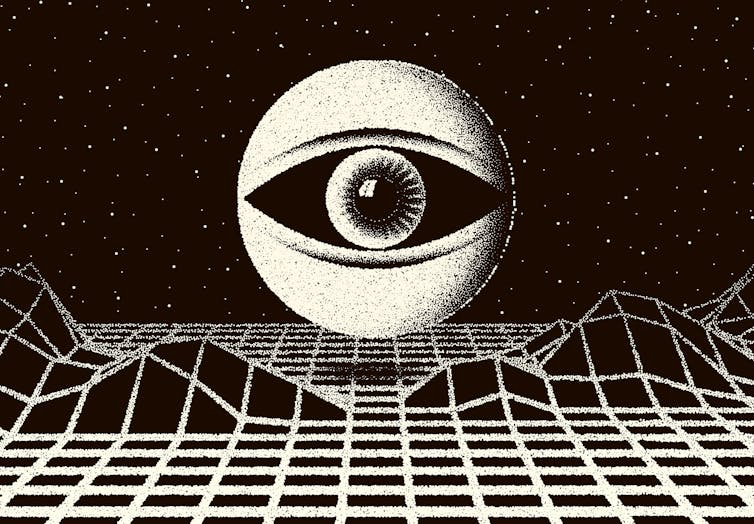
Noor Gillani, The Conversation
Artificial intelligence has changed form in recent years.
What started in the public eye as a burgeoning field with promising (yet largely benign) applications, has snowballed into a more than US$100 billion industry where the heavy hitters – Microsoft, Google and OpenAI, to name a few – seem intent on out-competing one another.
The result has been increasingly sophisticated large language models, often released in haste and without adequate testing and oversight.
These models can do much of what a human can, and in many cases do it better. They can beat us at advanced strategy games, generate incredible art, diagnose cancers and compose music.



